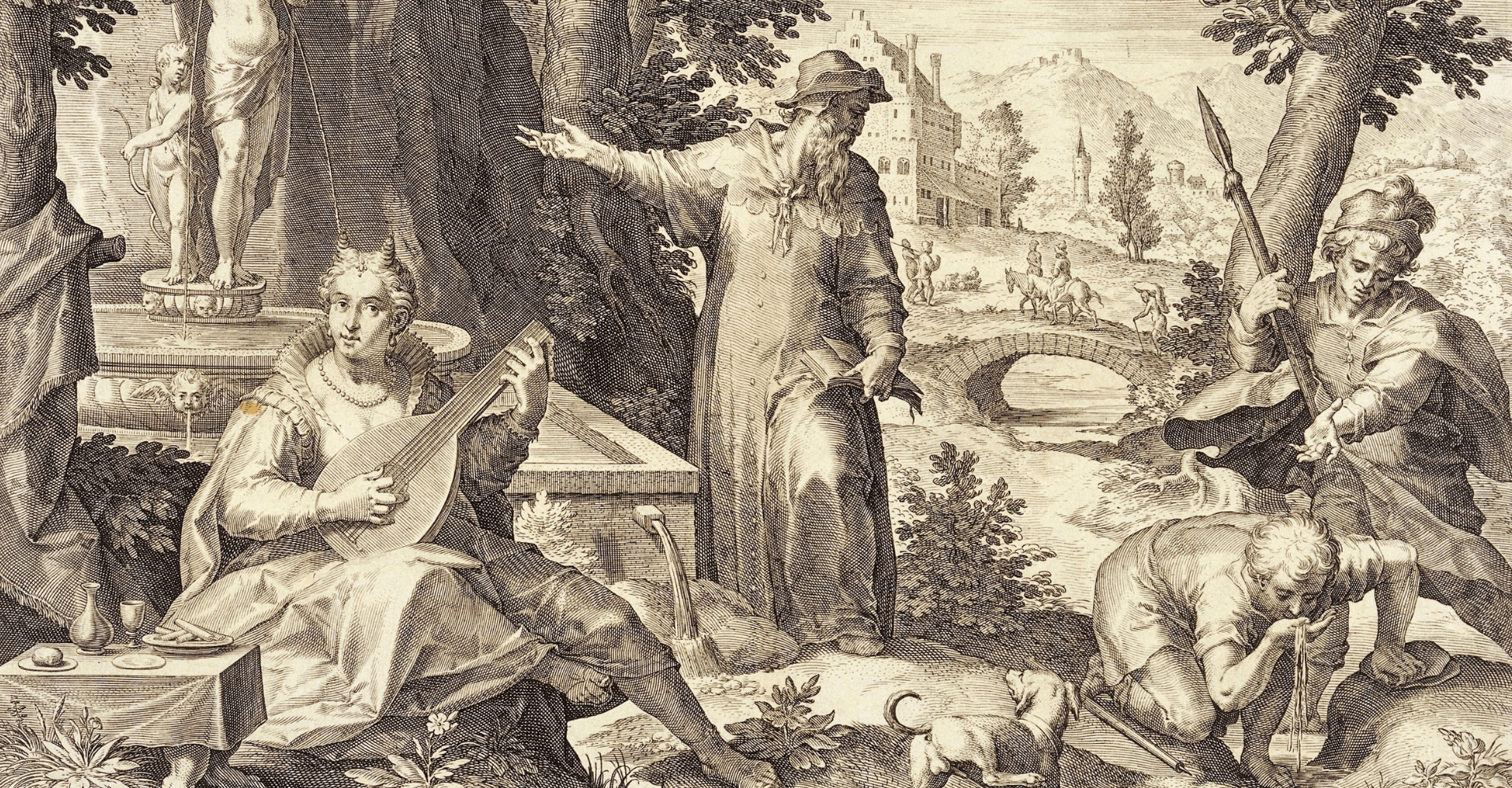
Safe Sex – Roman Style
Sexual health is a topic of global concern for both specialists and the general public in the twenty-first century. Such open awareness and debate around topics like contraception and sexually transmitted diseases are usually seen as relatively recent phenomena.
However, attitudes towards sexual health have a much longer history, and much of it is grounded in the classical world. Following the (alleged) arrival of syphilis from the ‘new world’, for example, medical writers and doctors of Europe were heavily influenced by much earlier Greek and Latin texts. But what of ancient times themselves?
In this (illustrated and fairly frank) talk, Professor Tim Parkin explores knowledge of, and attitudes towards, as well as treatment of, sexually transmitted diseases in antiquity. He also considers how classical discourse shaped subsequent understandings, attitudes and practices. How did the Greeks and the Romans think about their sexuality in terms of physical and mental health? How did perceived and real sexual health affect men and women’s status in society?
This presentation was delivered to the SHAPS Fellows & Associates seminar in October 2021. You can watch the lecture on the YouTube player below.
Professor Tim Parkin is Elizabeth and James Tatoulis Chair in Classics, and deputy head of the School of Historical and Philosophical Studies, the University of Melbourne. Tim is a New Zealander by birth, awarded a DPhil at University of Oxford and, since 1989, has worked in universities in New Zealand, Australia, Germany and the United Kingdom.
His main research areas are in Roman social, cultural, legal and demographic history. Publications include Demography and Roman Society; Old Age in the Roman World: A Social and Cultural History; Roman Social History: A Sourcebook; and The Oxford Handbook of Childhood and Education in the Classical World. He is currently working on a book on ancient sexual health and co-editing a six-volume world history of old age.